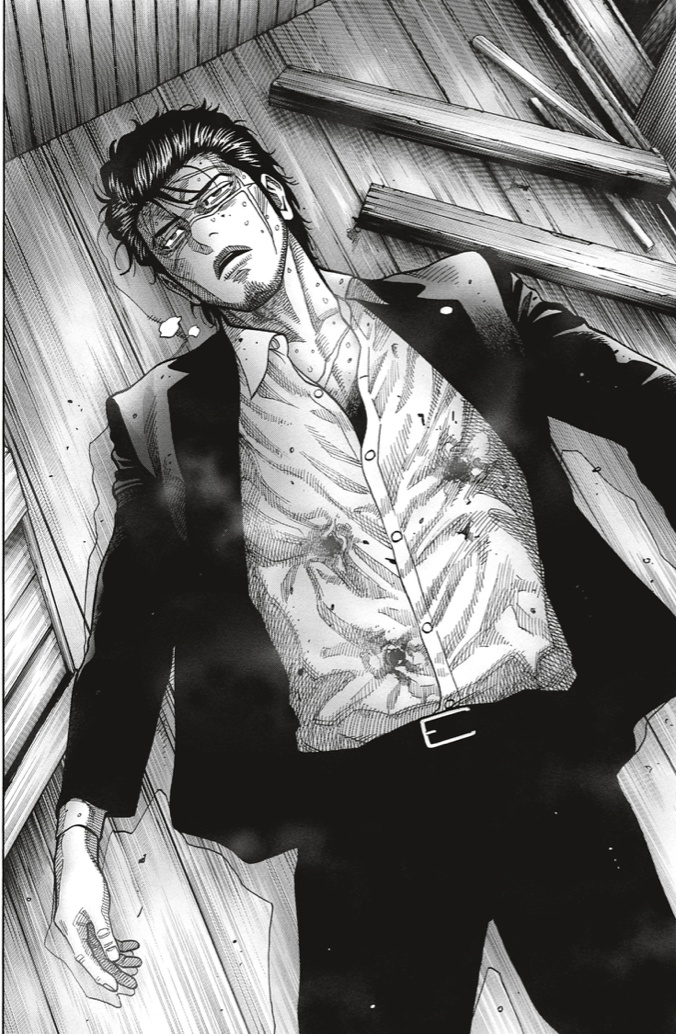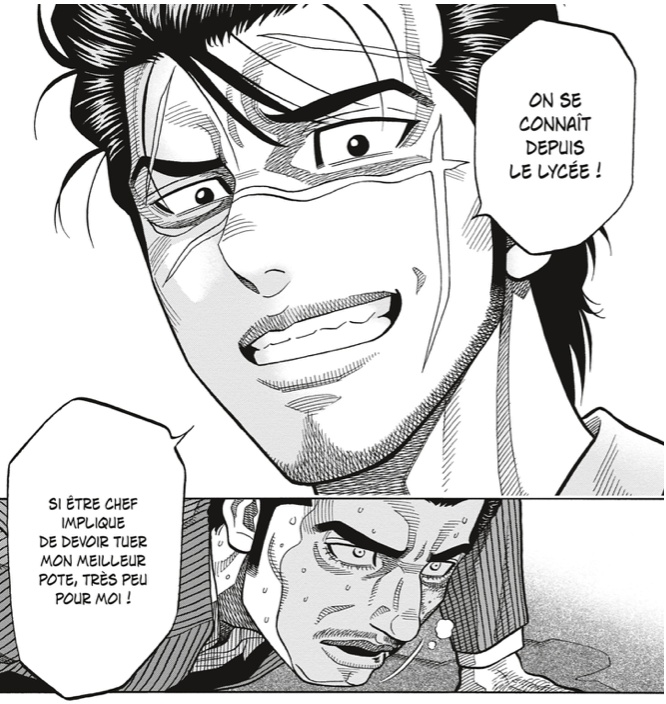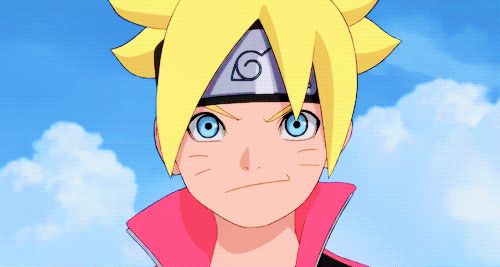The first volume of Golden Guy ended with the announcement of an epic pistol fight but also on a shattering revelation. How will clan leader Gai Sakurai organize his revenge in this sequel ?
The Golden Guy in peril
The last volume of Golden Guy featured a double cliffhanger. In a cabin, the main character Gai Sakurai thought he had defeated the rival clan by kidnapping its leader Kyōsuke Akane and then making him confess to the murder of Isao Osaragi. Alas, Gai had been shot by Minori Takakura, his lieutenant and best friend. The end of the Golden Guy ? No, because everything is a plot orchestrated by Minori. This gesture marks a new rise in tension in the gang war but also the multiplication of betrayals on all sides.
Again at the center of the series, Gai Sakurai has been fighting since high school and has never been beaten. He supports his team without any limits not only in front of the other clans but also in the face of the contempt of a policeman. Even though duty dictates, he refuses to kill his lieutenant. This attitude explains why the lieutenants remain in the clan. More prosaically, the Golden Guy finances in cash as soon as one of his lieutenants experiences a family problem. This loyalty is undermined, however, because he has a relationship with the daughter of a member of the opposing clan.
A dive into the Japanese mafia
There is no idealization of the yakuza in Golden Guy but, through a thriller, the description of a milieu. The mafia is a very hierarchical organization with families integrating different clans. The chiefs of the clans obey the siege which ensures to avoid infighting. It is the godfather who decides the end of a clan by merging with an emerging group or dismantling it in case of fault. In each clan, there are chiefs, lieutenants, specialized sections… This does not prevent internal conflicts and betrayals. Tesshû Kurozuka feels frustration with his position as a cadet: he has to bring money but has no power in the organizational chart. Within the same family, clans make an alliance against a third. Yet everyone follows a code of honor and respects the group, even if it means volunteering to go to prison.
The only difference with the army is that the slightest breach of the rules is directly punished by violence. We understand certain laws as the necessary respect for elders. The police are very familiar with clan members and how they work. The general context seems to be changing as tougher laws against the yakuza have just been passed. The perception of the mafiosi is very negative: two agents are hit by rugby players and treated as "waste". Indeed, Jun Watanabe presents most mafiosi as power-hungry idiots, with the Osaragi clan being an exception.
In the first volume, the description of this secret society and the hierarchy of the yakuza fell like a hair on the soup in the middle of the action but the description is here inserted into the action. The characters in Golden Guy are very numerous. Cards present them during their first appearance but we are not sure that everyone counts. This volume two focuses for example on the bald Tesshû Kurozuka. His flair is a valuable tool but his impulsiveness makes him an unreliable yakuza.
Edited by Mangetsu, Golden Guy always goes at a hundred per hour in this second volume. Betrayals, gunshots and twists give a hectic pace to the reading. As for the first volume, the finale reveals a totally unexpected victim and reader would like to read more before the barrel of the weapons cools.
Find on the site a chronicle of the first volume and For the worst, a romantic thriller.















![[Live Report] Rock En Seine 2024 : 20 ans et toujours aussi passionnés !](https://www.justfocus.fr/wp-content/uploads/2024/11/RES24_JOUR01_LANA-DEL-REY_LOUIS-COMAR-12.jpg)



























